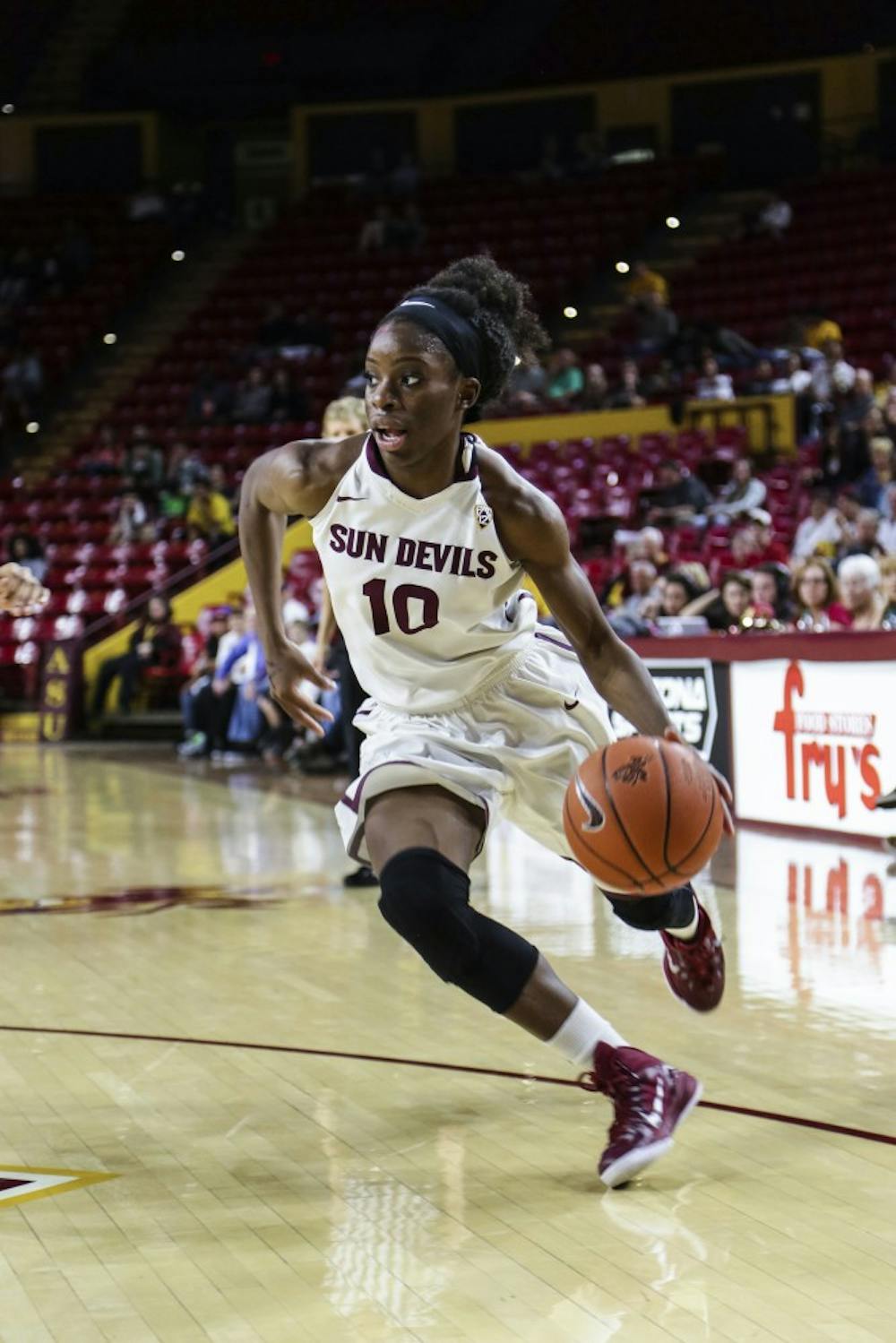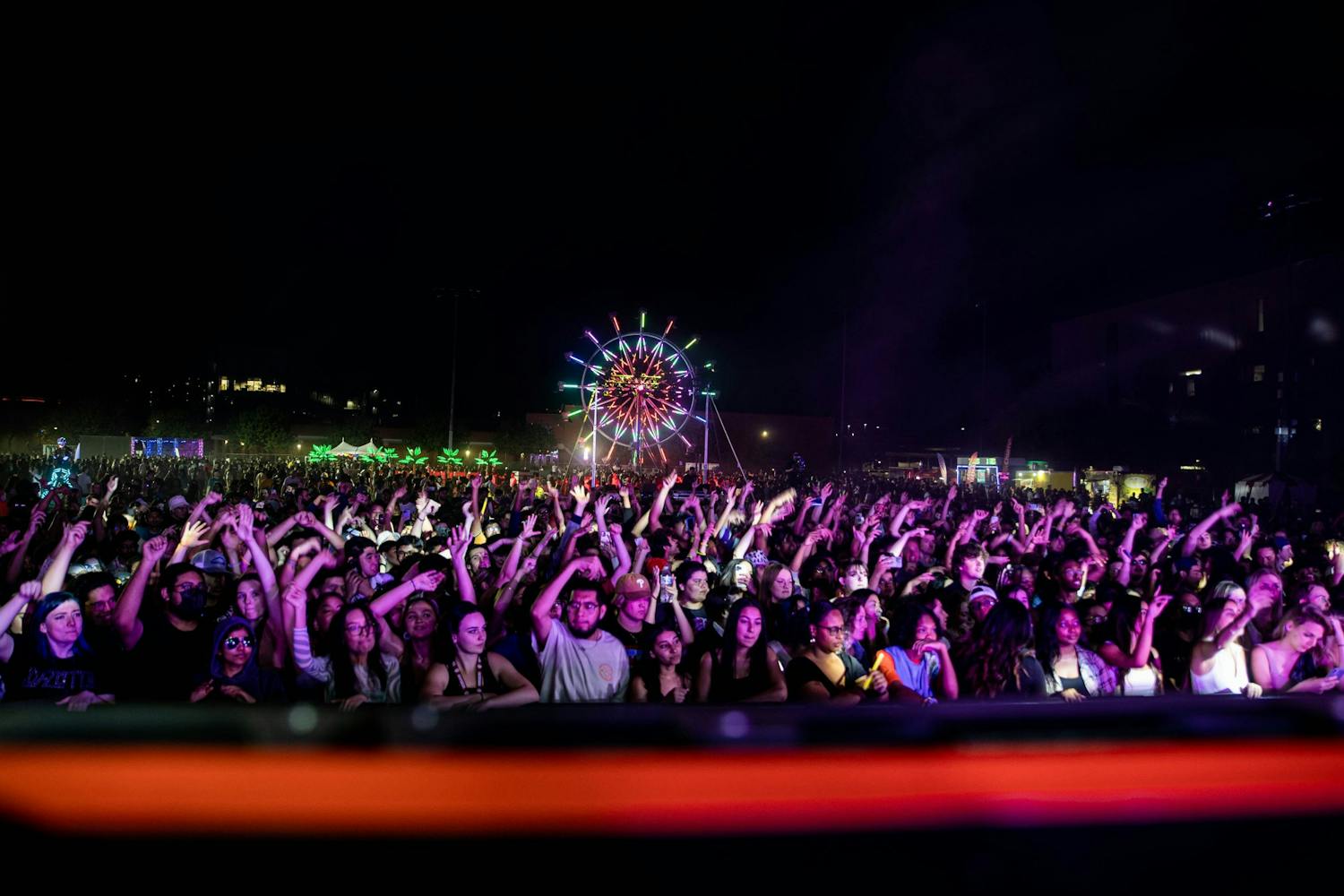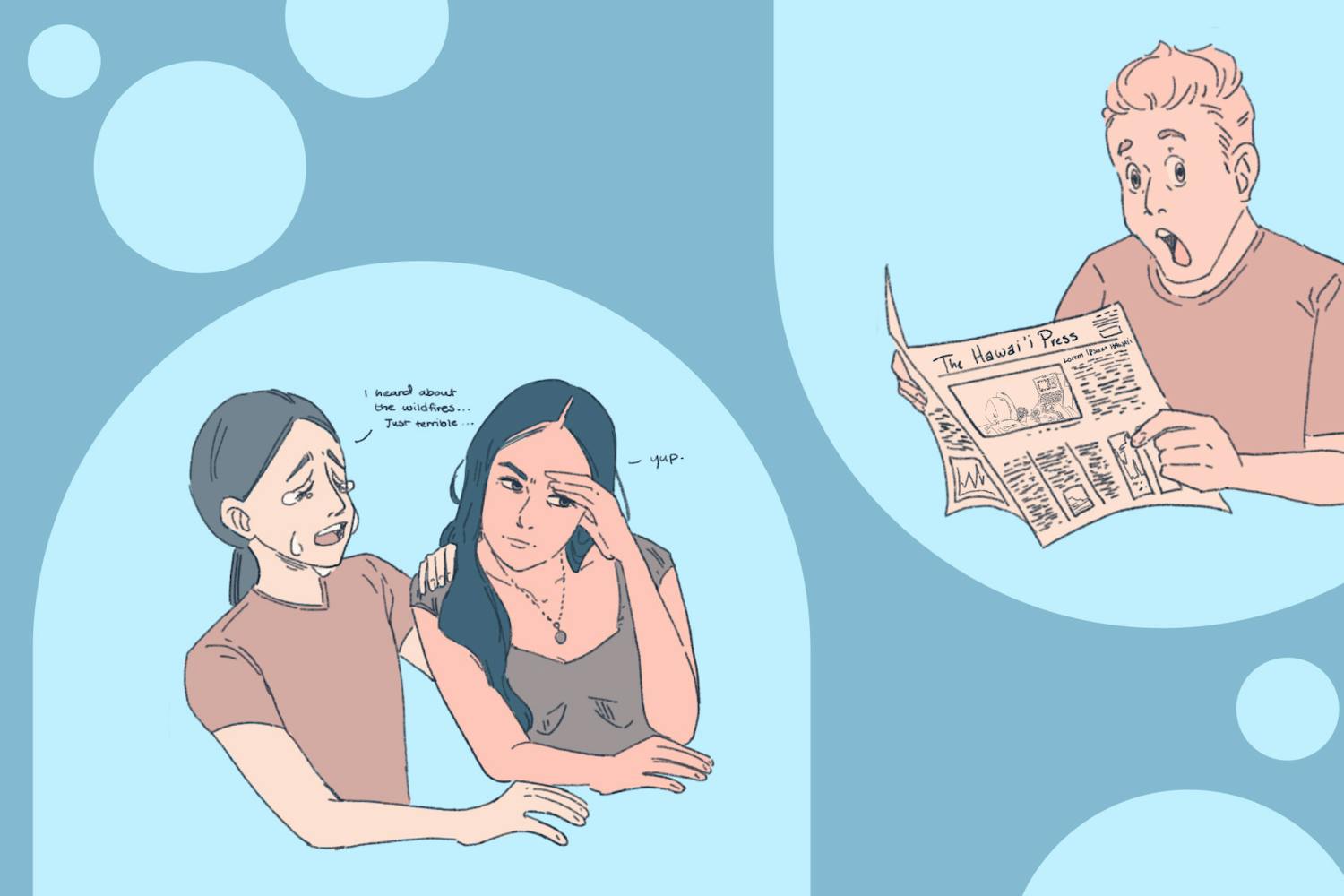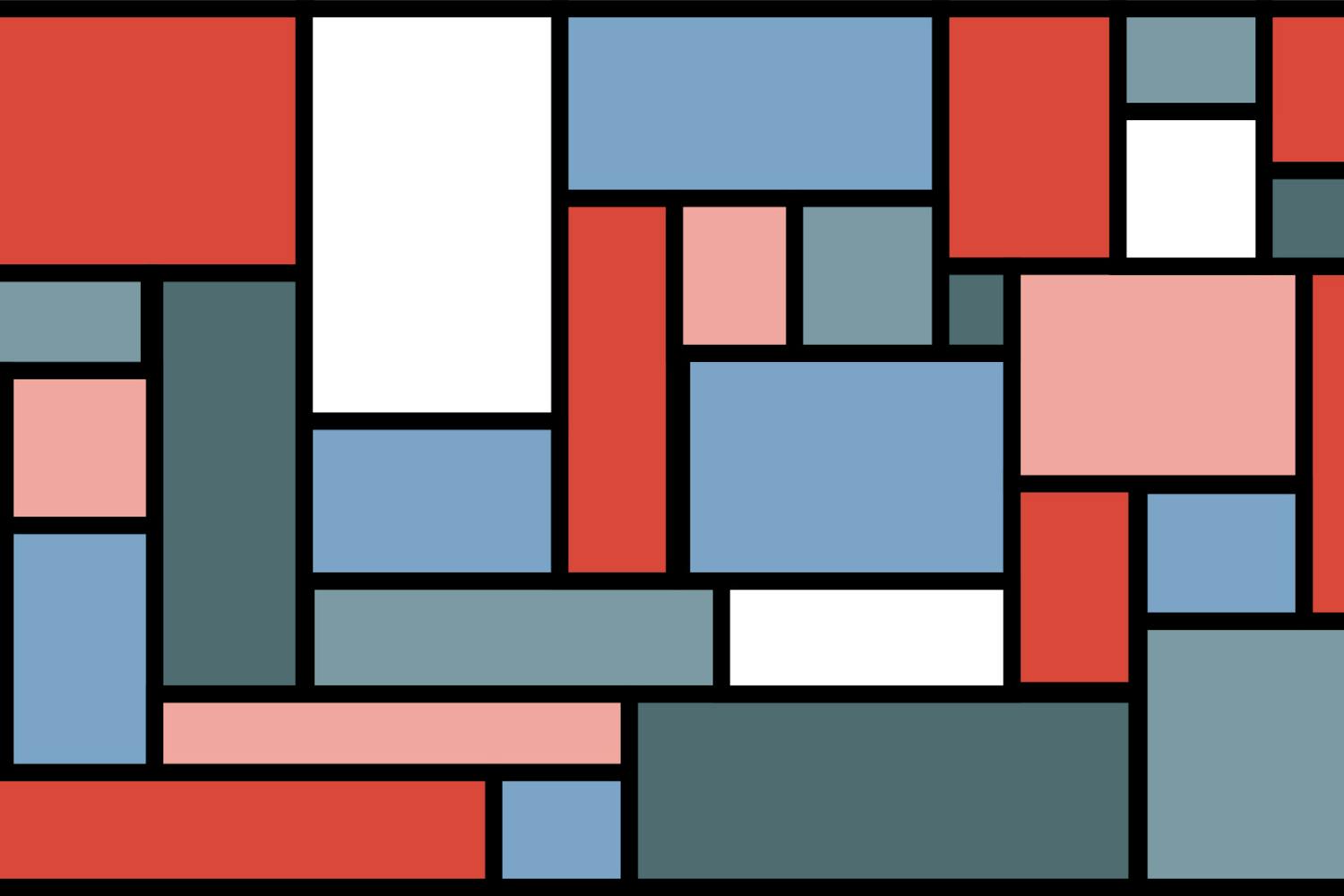Of the many shows and events that happen each First Friday, one exhibit stood out to me this month.
The gallery wasn’t flashy, and they weren’t playing loud music, but the concept behind the whole show was particularly attractive to me (as were the cookies on the refreshment table, but that’s beside the point).
 “Of the Hearbe of the Sunne,” by Karla Elling, a local papermaker who helped in the sunflower-papermaking process. Photo by Alexandria Conrad
“Of the Hearbe of the Sunne,” by Karla Elling, a local papermaker who helped in the sunflower-papermaking process. Photo by Alexandria ConradThe exhibit, at Combine Studios on 3rd St. between Garfield and McKinley Streets, was called Valley of the Sunflowers Paper Project Art Exhibition.
Remember the two fields of sunflowers that were planted and harvested for fuel in the Roosevelt Row area? Well, this art exhibit is another product of those fields.
Dana LeMoine, Rachel Nore and Kerri Harding made paper from the unused parts of the sunflowers, according to the exhibition description. The paper was then given to many an artist, and transformed into something — for lack of a better word —awesome.
At the event, I talked with two of the papermaking partners in crime, Nore and Harding, as well as Caroline Battle, the coordinator for the artist residency at Combine Studios through the ASU Art Museum. All three of them also had pieces in the show.
 Caroline Battle’s super cute celebration of sustainability, “Party Hats.” Photo by Alexandria Conrad
Caroline Battle’s super cute celebration of sustainability, “Party Hats.” Photo by Alexandria ConradBattle, whose piece was “Party Hats,” said she found inspiration through the theme of sustainability that was suggested to the artists.
“I wanted to make ‘Party Hats’ because I wanted the idea of sustainability to be something that would catch on. So as soon as you enter the exhibition you are in the know,” Battle said.
Battle also helped bring the show to Combine Studios because she had just started working there when Harding, Nore and LeMoine began looking for a venue.
“I knew we didn’t have a show booked for January … so I pitched the show to [the manager], and he said yeah,” she said.
Harding said that in picking a venue, they were shopping locally because “we wanted it to be just blocks away from where the sunflowers were grown. We were using all artists from the valley so we wanted to keep it really in the valley."
Harding told me that she found inspiration for her piece “Apiary,” from bees.
 Kerri Harding’s book called “Apiary,” is just bee-autiful. (Excuse the terrible pun, I just can’t help myself). Photo by Alexandria Conrad
Kerri Harding’s book called “Apiary,” is just bee-autiful. (Excuse the terrible pun, I just can’t help myself). Photo by Alexandria ConradShe was volunteering at the Roosevelt Growhouse while the sunflower fields were developing, and the Growhouse had gotten a beehive around the same time.
“I spent a lot of time thinking about how amazing it was that those bees who were new to the area were pollinating the flowers and helping. It’s like the bees were actually a collaborator,” she said.
Harding’s piece is a small blank book, the pages of which are made out of the sunflower paper, and the symbol on the front is a symbol for honey.
 Rachel Nore painted dancing figures to represent earth dances in her piece, “Renewal.” Photo by Alexandria Conrad
Rachel Nore painted dancing figures to represent earth dances in her piece, “Renewal.” Photo by Alexandria ConradNore’s piece was a watercolor and acrylic painting called “Renewal,” inspired by the preservation of earth’s resources.
“We encouraged people to make things on the theme of sustainability, but they could interpret that in any way,” Nore said.
She said she also thought about a celebration of Mother Earth and “earth dances, like ritual dances to celebrate summer solstice or winter solstice, so the figures in mine are sort of leaping or jumping in a dance type movement. And in the middle area is like an orb and representative of the earth.”
The pieces these artists produced are definitely worth checking out. Some even had multimedia materials such as wax, wire or even parts of a tin can, involved.
“I’m just really happy with the show as a whole. I like the variety of media and format,” Nore said.
 The chalk wall is a permanent part of the gallery. Photo by Alexandria Conrad
The chalk wall is a permanent part of the gallery. Photo by Alexandria ConradThe exhibit will only be there for another few days until Feb. 10, so head over while you still have the chance.
And though the idea behind the exhibit alone should be enough to convince you to visit, here’s one more: the gallery has a permanent chalk wall where patrons of the gallery are encouraged to leave some art of their own. It’s really fun!
If you’d like to contact me with comments, concerns or suggestions, you can email me at anconrad13@gmail.com or tweet me at @alliectersely




